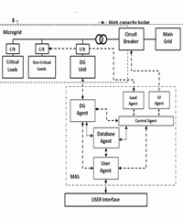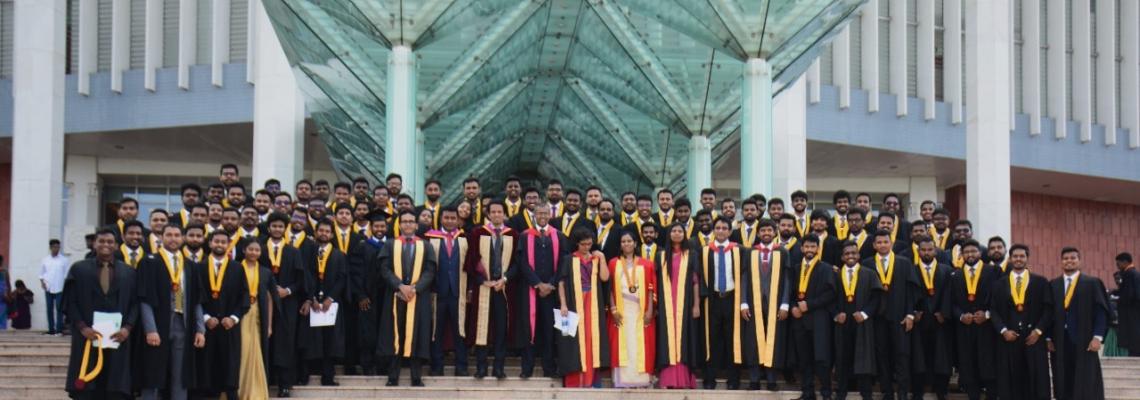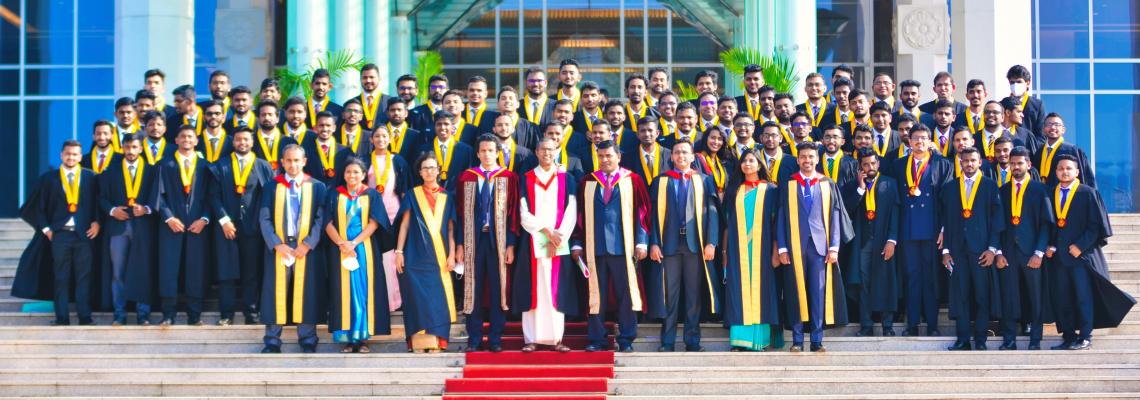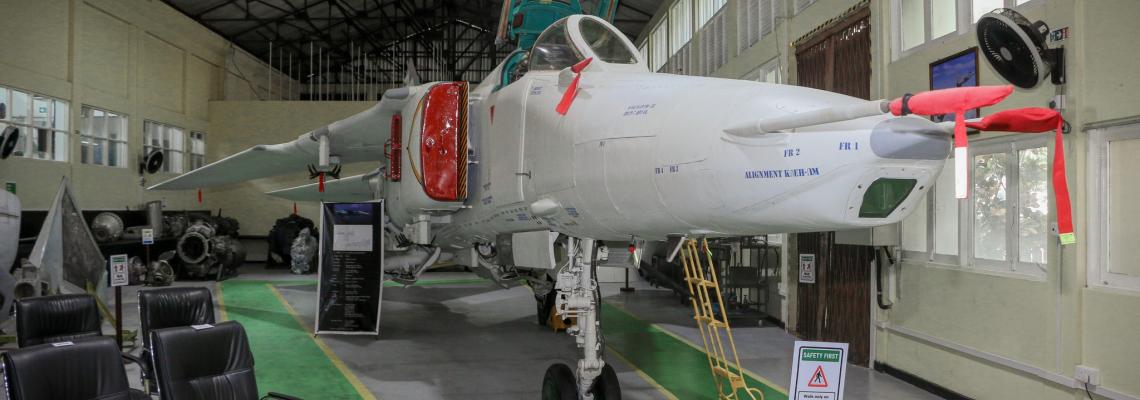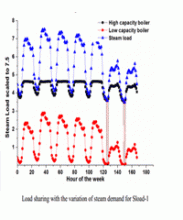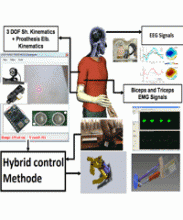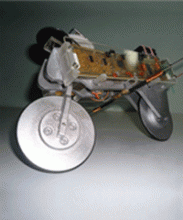Agent Based Control and Protection for Smart Grids
Legacy electrical infrastructure is failing to provide the reliability and the resiliency towards faults expected by the modern energy intensive society. Implementation of smarter microgrids, are proving to be part of the solution for this. Development of such systems requires distributed intelligence capabilities absent in legacy control systems. This research focuses on proposing a dual layered, multi agent based control system for distributed control of a microgridaimed at
